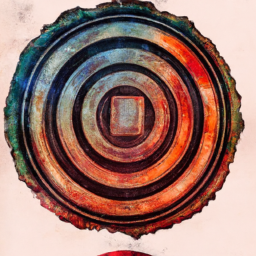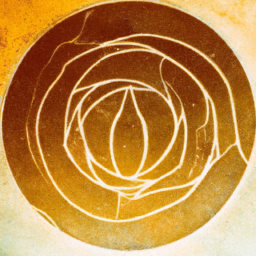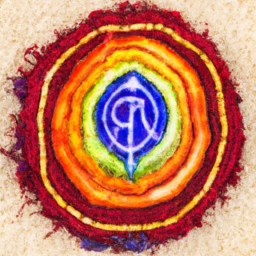The root chakra, also known as the Muladhara chakra, is the first of the seven chakras in the human body. Located at the base of the spine, this energy center is responsible for our feelings of groundedness, stability, and security. When the root chakra is balanced and activated, we are able to establish a strong foundation for our physical and emotional well-being.

To better understand the root chakra and its significance, many have turned to the use of chakra charts. These charts provide a visual representation of the chakra system and its corresponding elements, colors, mantras, and more. In this article, we will delve deeper into the root chakra chart and explore its various components.
Basic Elements of the Root Chakra
The root chakra is associated with the element of earth, which symbolizes stability, strength, and solidity. This element grounds us and allows us to feel connected to the physical world. The color red is also closely linked to the root chakra, representing passion, vitality, and survival instincts. This color can be utilized in various forms, such as visualization, clothing, or objects, to stimulate and balance the root chakra.
Seed Mantra and Physical Aspects
Each chakra has a seed mantra, which is a specific sound that is chanted to activate and awaken the energy center. The seed mantra for the root chakra is “LAM”, pronounced as “lum”. By chanting this mantra, the vibration stimulates the chakra and allows the flow of energy to become more balanced. Additionally, the root chakra is connected to the physical aspects of our body, such as the legs, feet, and spine. Any physical manifestations in these areas may be an indication of an imbalance in the root chakra.
Imbalances in the Root Chakra
When the root chakra is imbalanced, it can lead to physical, emotional, and spiritual issues. Signs of an overactive root chakra may include being overly materialistic, having a sense of greed or possessiveness, and being resistant to change. On the other hand, an underactive root chakra can cause feelings of insecurity, fear, and a lack of focus or direction in life. Therefore, it is crucial to keep the root chakra balanced to ensure overall well-being.
Healing and Balancing the Root Chakra
The good news is that there are various ways to heal and balance the root chakra. These methods include yoga poses, meditation, using healing crystals, sound therapy, and aromatherapy. Additionally, incorporating grounding activities such as spending time in nature, gardening, or cooking can also help bring balance to the root chakra. By incorporating these practices into our daily lives, we can attain a sense of stability, security, and connection to our higher selves.
In conclusion, the root chakra chart serves as a valuable tool in understanding and working with this important energy center. It provides a visual representation of the elements, colors, and mantras associated with the root chakra and helps us identify when imbalances occur. By utilizing the information provided in the chart, we can take proactive steps to heal and balance the root chakra, leading to a more harmonious and grounded existence.





Very informative!
ChelseaHayes: Great post.
Really useful! This chart presents a great overview of the root chakra and the various aspects associated with it, allowing a more holistic understanding of its impact on wellbeing.